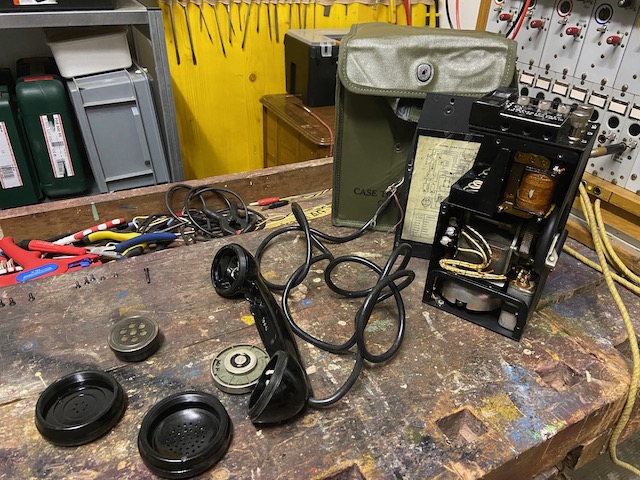
Find more details on French field telephone history on the French Field Telephones Timeline and on U.S. field telephone history on the U.S. Signal Corps Field Telephones Timeline.
The model EE-8 was developed for the US army signal corps in the early 30ies and introduced in service in 1937. It was manufactured by different suppliers, e.g. Connecticut Telephone and Electrical Company, Kellogg Switchboard and Supply Company and Western Electric. Production numbers may have reached six figures, for the lend-leaese program alone 200k were delivered.
This instrument is of type EE-8-B and was originally manufactured in 1944 (most probably by Connecticut Telephone and Electrical Company), got an MFP (Moisture and fungi-proofing for tropical environment) treatment in 1945 and was then refurbished for the french army in 1964 in the E.R.G.M.T. (Etablissement de Réserve Général du Matériel des Transmissions) in Langres.
The three versions EE-8, EE-8-A and EE-8-B differ in the magneto used and the capacitor setup and body material. The -B version seems to be the most common.
| Part | EE-8 | EE-8-A | EE-8-B |
|---|---|---|---|
| Pouch | Leather with insert in lid | Leather or Canvas | Leather or Canvas |
| Body | Aluminum | Aluminum | Steel |
| Capacitors | Discrete | Combined | Combined |
| Magneto | GN-38 | GN-38 | GN-38-A, GN-38-B |
The sound-powered EE-108 is mechanically identical to the EE-8. The Swiss Army FTf 50 was designed to be an improved version of the EE-8.
Disassembled.

From the top: On the left the battery compartment, on the right the induction coil.
Below that the magneto type GN-38-B. At the bottom left the ringer and on the right the combined capacitors.

The coil on the left is the induction coil, the right on eis the holding coil (choke) for CB operation.
On the capacitor a stamp indicating the refurbishment location and date "E.R.G.M.T. - N.E. - Atelier Fil - Verifie, 1964"
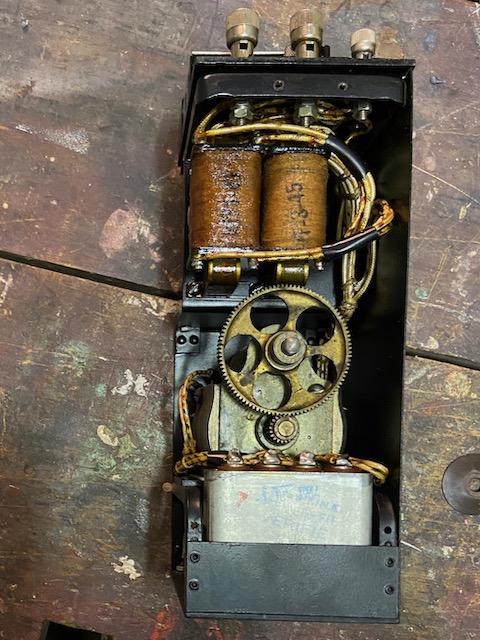
The label has been frenchizized.
On top the lever and beneath the CB - LB switch screw.
In the middle the three handset connectors.
In the bottom row the two line binding posts and the - connector for an external battery.
The + connector for the external battery is shared with the mic lead for the handset.

The battery compartment for 2 1,5V D-Cells.
The signal corps acceptance stamp has not been removed when refurbishing.
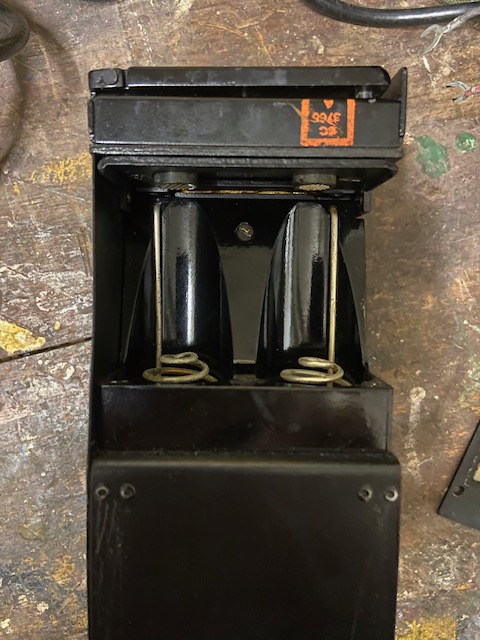
The handset type TS-9-AJ.
TM333 lists 23 different types of TS-9-(*) handsets.
To my knowledge most share the same butterfly P.T.T. key and same design similar to the civil W.E. F1 handset and also share the same rx and tx element sizes than the F1 handset (HA1 and .
(Kellog apparently delivered their handset design and rx, tx elment type).

The diagrams have been frenchizized.
Electrical diagram:
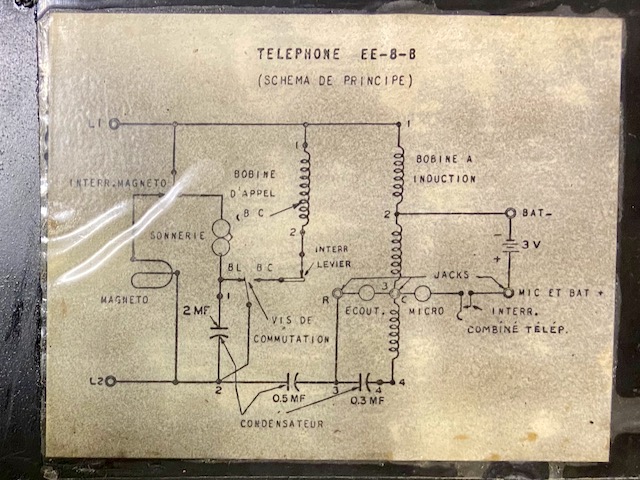
Wiring diagram:
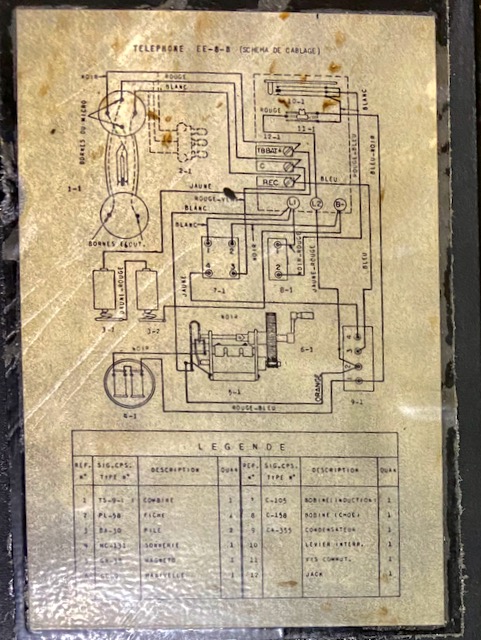
The empty pouch.
This pouch type CY-1181/TT seems to be an updated version made of a type of plastified canvas.
It includes an aluminum frame for storing the handset.
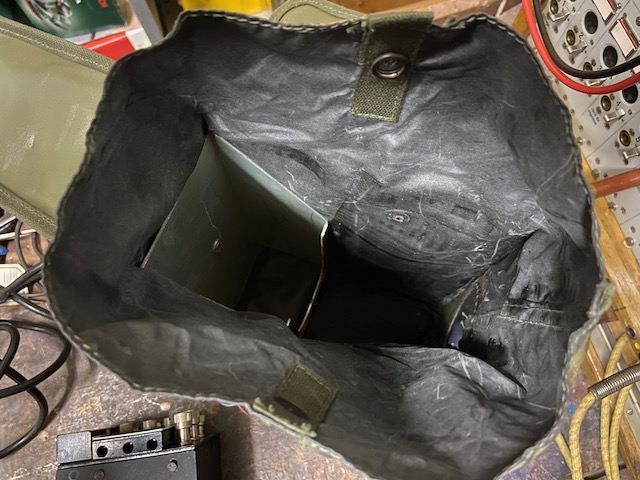
Ready to use on a LB network.
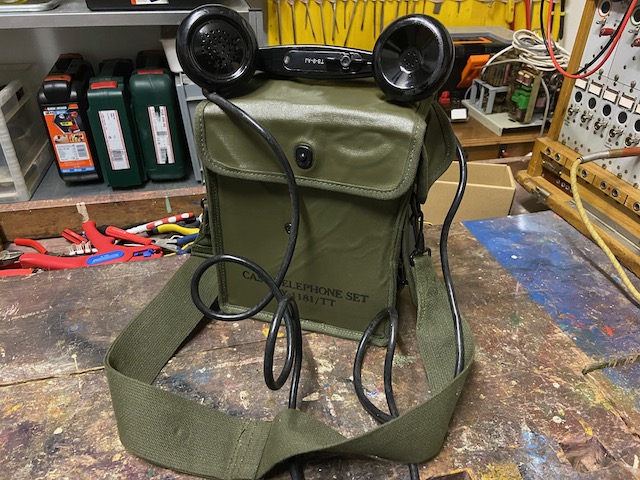
Ready to use on a CB network (handset on-hook).
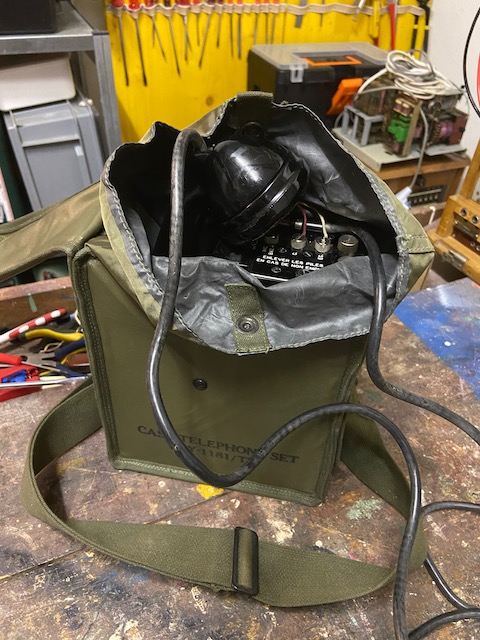
Handset stored.
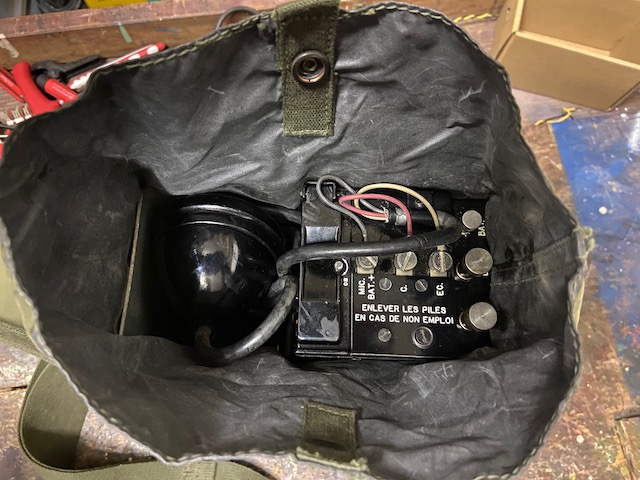
Ready for transport or storage.

This pouch type CY-1181/TT has a magneto cover lid which is not present in older leather or impregnated canvas pouches.
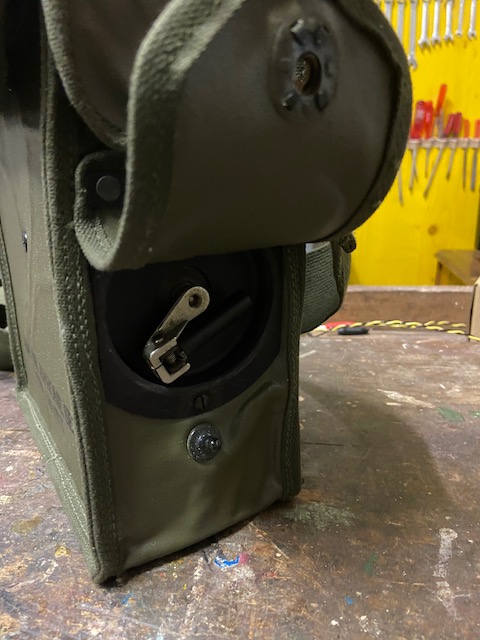
This instrument seems to have been boxed after refurbishment in 1964 and then spent 55Y+ in the box.
The plastified pouch seems to be completely new and never used.
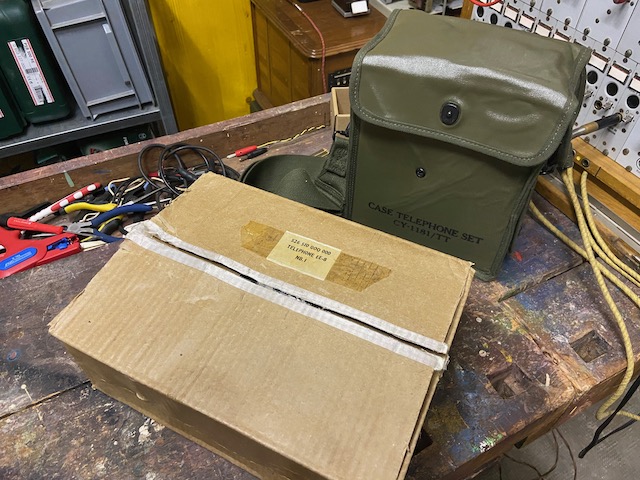
It has been packed with two bags of silicagel.
The smaller one was inside the instrument, the bigger one in the box.
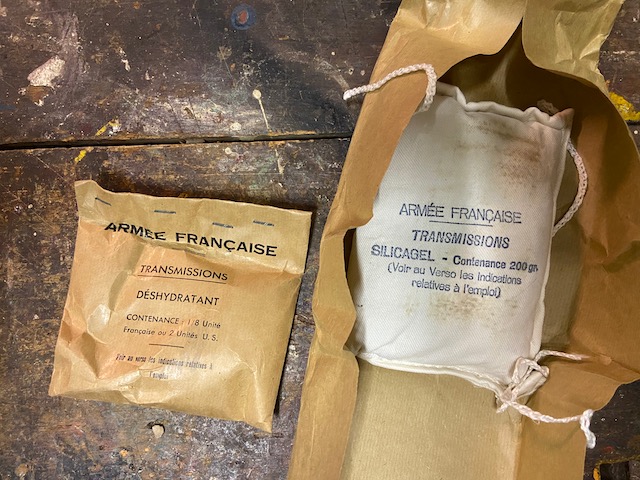
Fiche de verification (Testreport) from 1964.
All parameters did pass the test.

Fiche de verification (Testreport) from 1964.
All parameters did pass the test: Accepté!
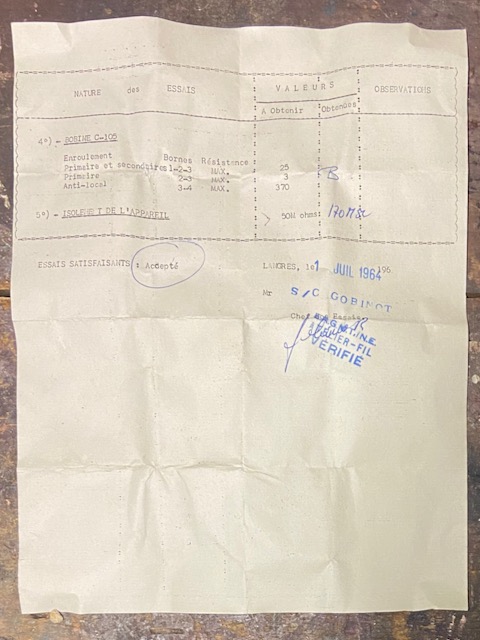
Creative Commons Attribution-ShareAlike 4.0 International License